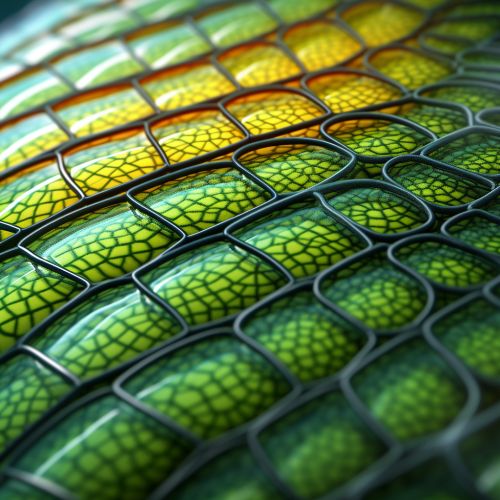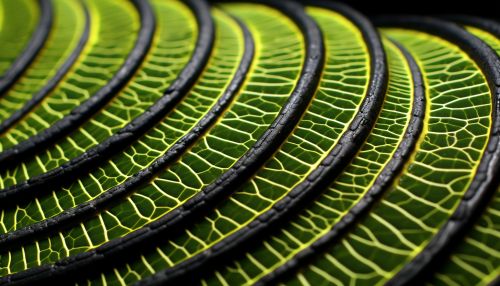Light-dependent reactions
Overview
The photosynthetic process in plants and algae consists of two main stages: the light-dependent reactions and the light-independent reactions, also known as the Calvin cycle. The light-dependent reactions are the first stage of this process, taking place within the thylakoid membranes of the chloroplasts. These reactions convert light energy into chemical energy, producing adenosine triphosphate (ATP) and nicotinamide adenine dinucleotide phosphate (NADPH), which are then used in the Calvin cycle to fix carbon dioxide into organic molecules.


Light Absorption
The light-dependent reactions begin when photons from sunlight strike the chlorophyll molecules in the thylakoid membranes. This excites the electrons within the chlorophyll, raising them to a higher energy state. These high-energy electrons are then transferred to a series of electron transport proteins, initiating the process of electron transport.
Photosystems
The electron transport proteins are organized into two complexes known as photosystems: Photosystem II (PSII) and Photosystem I (PSI). Each photosystem is composed of a core complex, which contains the reaction center, and an antenna complex, which captures light energy and funnels it to the reaction center. The reaction center is where the light energy is converted into chemical energy.
Photosystem II
In PSII, the excited electrons are transferred to the primary electron acceptor, pheophytin. This creates a vacancy in the chlorophyll molecule, which is filled by splitting a water molecule into two hydrogen ions and one oxygen atom. This process, known as photolysis, also releases two electrons, which are used to replenish the electrons lost by the chlorophyll molecule.
Electron Transport Chain
The electrons from PSII are then passed along an electron transport chain, which consists of several protein complexes including plastoquinone, cytochrome b6f, and plastocyanin. As the electrons move along the chain, they lose energy, which is used to pump hydrogen ions from the stroma into the thylakoid lumen, creating a proton gradient. This process is known as chemiosmosis.
Photosystem I
The electrons eventually reach PSI, where they are re-energized by light energy. These high-energy electrons are then transferred to the primary electron acceptor of PSI, ferredoxin. From ferredoxin, the electrons are transferred to NADP+ to form NADPH, a process facilitated by the enzyme ferredoxin-NADP+ reductase (FNR).
ATP Synthesis
The proton gradient created by the electron transport chain drives the synthesis of ATP. This is achieved through a process known as photophosphorylation, which involves the enzyme ATP synthase. As protons flow down their concentration gradient from the thylakoid lumen into the stroma, ATP synthase uses the energy released to add a phosphate group to ADP, forming ATP.
Role in Photosynthesis
The ATP and NADPH produced in the light-dependent reactions provide the energy and reducing power, respectively, needed for the Calvin cycle to convert carbon dioxide into glucose. Thus, the light-dependent reactions are crucial for the overall process of photosynthesis, converting light energy into a form that can be used by the plant or algae to build organic molecules.
